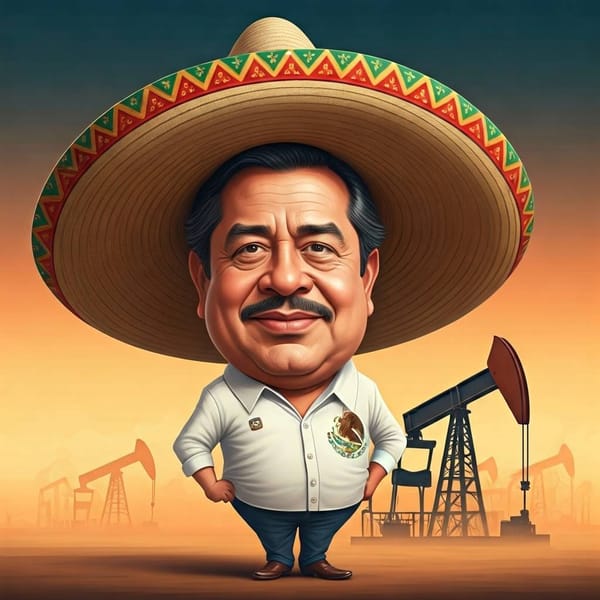How Mexico's Constitutional Past Shapes Its Future
Mexico celebrates 200 years of constitutional history. From the colonial era to the present, the nation's constitutions have evolved, reflecting its political and social struggles. Key milestones include the Constitution of Apatzingán, the first Constitution of 1824, and the Constitution of 1917.

In modern democratic societies, constitutions are the ultimate expression of a collective social contract, binding citizens under common principles and guiding the structure and purpose of their governments. These documents are living testaments to a nation's history, reflecting the social struggles, aspirations, and values of its people. Constitutions evolve, amended over time to adapt to the societal and political changes that demand their renewal. Mexico’s foundational charter, born 200 years ago, is no exception. On October 4th, Mexico commemorated two centuries since the birth of its first structural legal framework, the 1824 Federal Constitution of the United Mexican States, a document that emerged from colonial subjugation, revolutionary fervor, and a profound desire for sovereignty.
Mexico’s first formal constitution arose after a prolonged period of Spanish colonial rule, which left an indelible mark on its initial political structure. The Federal Constitution of 1824 was a historical amalgamation—a synthesis of diverse influences that included the Spanish Constitution of 1812, the United States Constitution of 1787, and the Constitution of Apatzingán, formally known as the “Constitutional Decree for the Liberty of Mexican America,” authored by the priest and revolutionary leader José María Morelos y Pavón. Each of these documents contributed to the unique character of Mexico’s first constitutional charter.




